EVERYONE SHOULD HAVE KNOWLEDGE ABOUT THE BASIC FIRST AID PRACTICE….IT IS LIFE SAVING IN MANY CIRCUMSTANCES…WHEN EVERY MINUTE REALLY MATTERS….IT MAY SAVE LIFE OF FAMILY MEMBERS….FRIENDS…-Dr prasant kumar samantray AIIMS Newdelhi
first aid learning for non-medical personnel should focus on simple, immediately useful skills and actions that can save lives or prevent further injury during emergencies before professional help arrives.
These basics are easy to learn and can make a big difference in homes, workplaces, and public spaces.
First Aid Lesson Objectives… Understand the purpose and meaning of first aid:… immediate care for an injured or suddenly ill person, which does not replace professional medical treatment.
Learn key actions to take when first on the scene of a medical emergency, focusing on safety, quick assessment, and activating emergency services.
Describe and practice ….core first aid interventions:
A)CPR,
B)Choking response (Heimlich maneuver),
C).. Bleeding control, D).. Fracture management, and
E)..Burn care.
Basic Principles and Legal Considerations…..Only perform the procedures you are trained in;
obtaining formal certification is ideal, but basic knowledge is better than doing nothing.
First aid is given with implied consent in life-threatening situations with an unresponsive victim.
Always consider cultural and religious contexts when interacting with the injured or ill.
Chain of Survival.
First aid is critical for survival in emergencies, administered by the closest, willing person until professionals arrive.
Early response—especially CPR and bleeding control—can more than double survival rates in critical scenarios.
Step-by-Step Approach.
Survey the Scene:.
Ensure the scene is safe for you, victims, and bystanders.
Identify the mechanism of injury/illness and number of victims.
Activate Emergency Services:.
.Call for medical help as soon as possible—“Phone First” for adults, for children/infants perform immediate care and “Phone Fast”.
Primary Survey (ABCs):
1)Airway: Ensure the airway is open and clear.
2).Breathing: Check for breathing; if absent, provide rescue breathing if trained.
3).Circulation: Check pulse and assess if chest compressions (CPR) are needed.
Secondary Survey:…Interview the victim; check vital signs; do a head-to-toe examination for other injuries.
Core First Aid Skills..
CPR: Recognize cardiac arrest and perform chest compressions; use an AED if available.
Choking Response (Heimlich maneuver): .
.Learn how to clear blocked airways quickly.
Bleeding Control: Apply direct pressure, use bandages or cloth, and elevate limbs if bleeding is significant.
Splinting Fractures: Immobilize broken bones using makeshift splints from available materials.
Burns:…. Cool with running water and cover loosely with a sterile dressing.
First Aid Kits…
Keep a basic kit at home and work, stocked with bandages, gauze, tape, gloves, wipes, ointments, and CPR breathing barriers.
Conclusion…..First aid empowers non-medical individuals to act confidently and effectively during emergencies, saving lives and building community resilience.
Even without formal training, knowing what to do in critical moments matters—a calm, quick intervention – can turn a potential tragedy into survival and recovery.

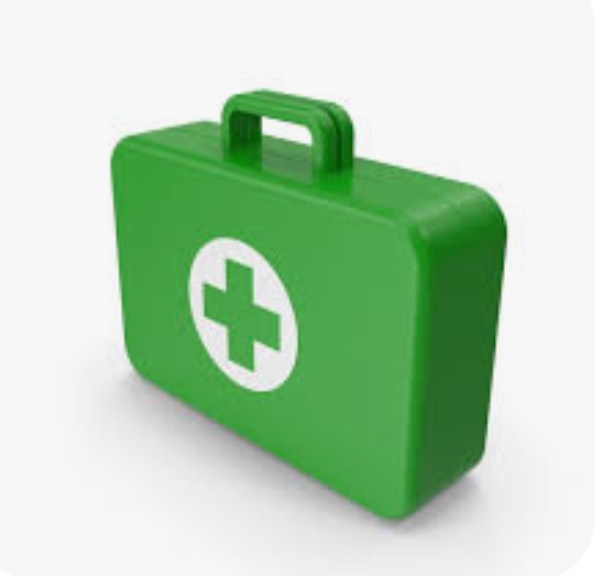

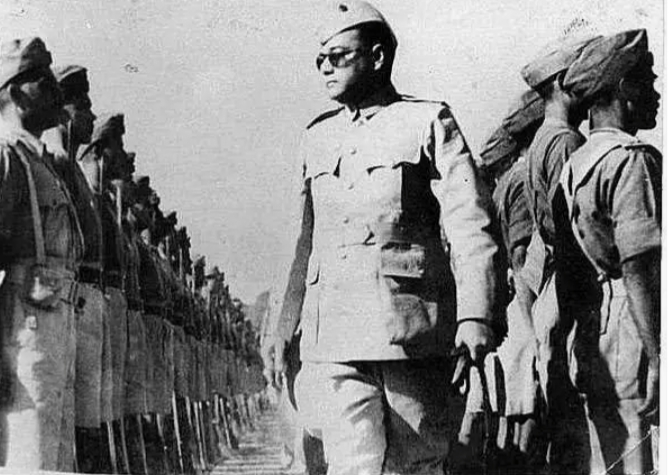



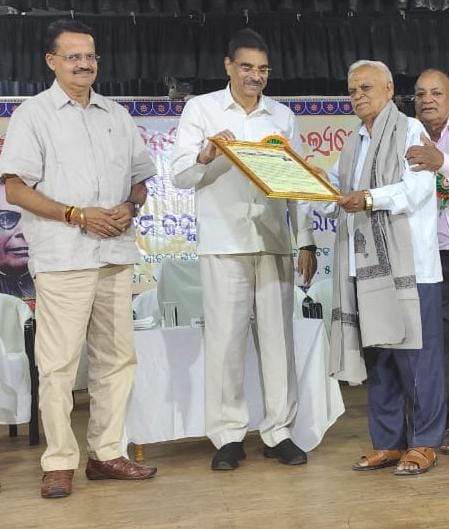
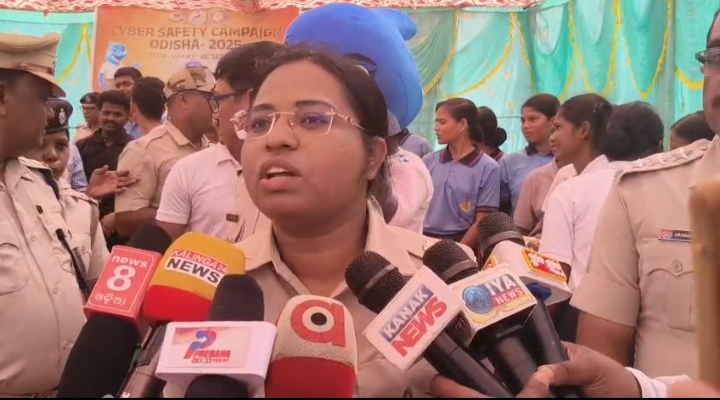
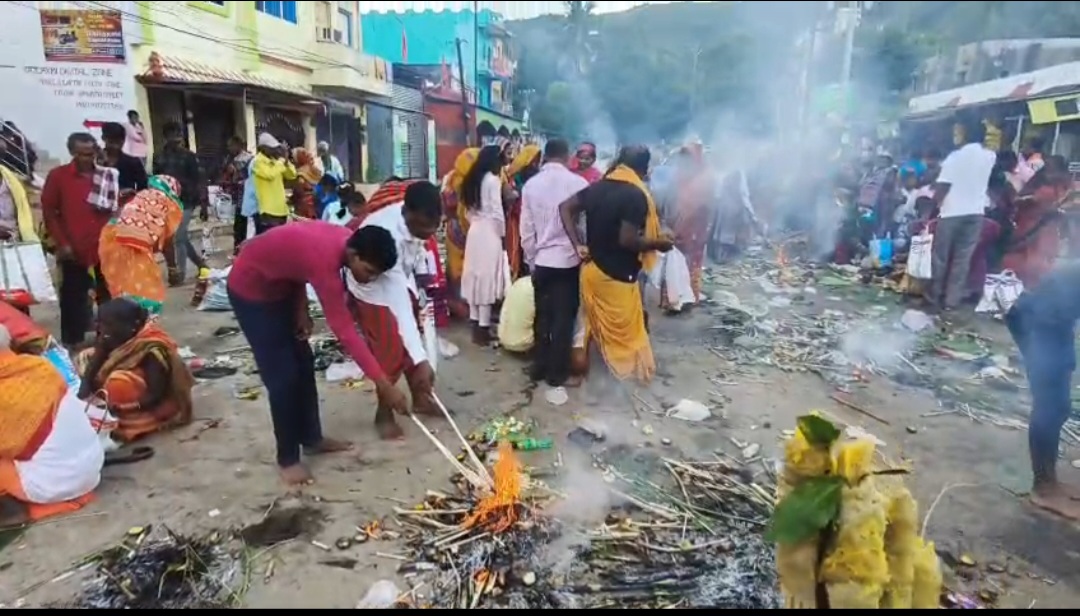
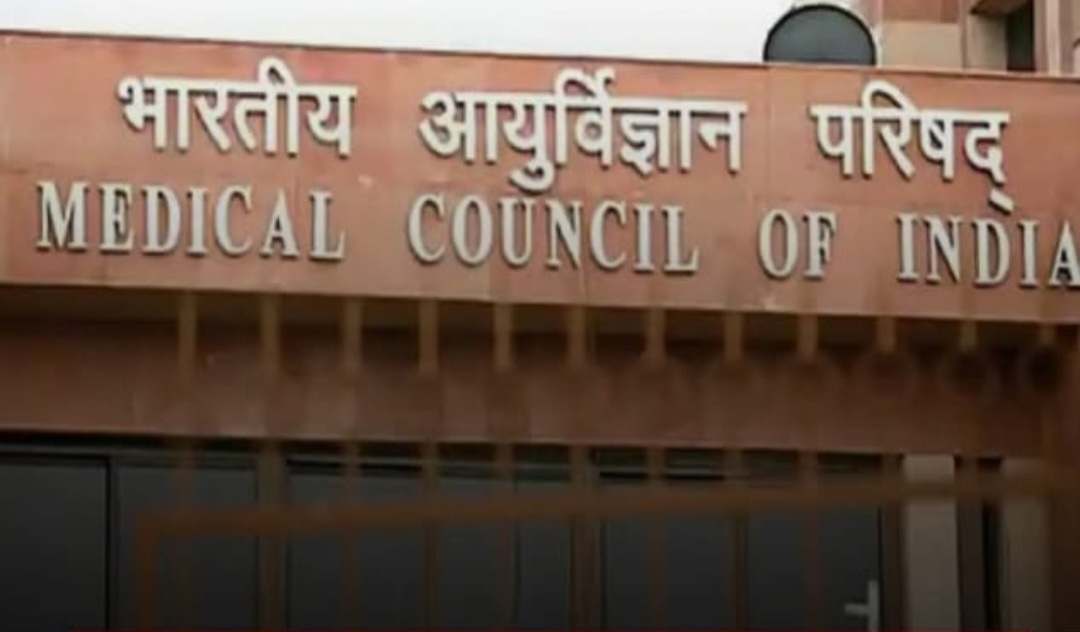
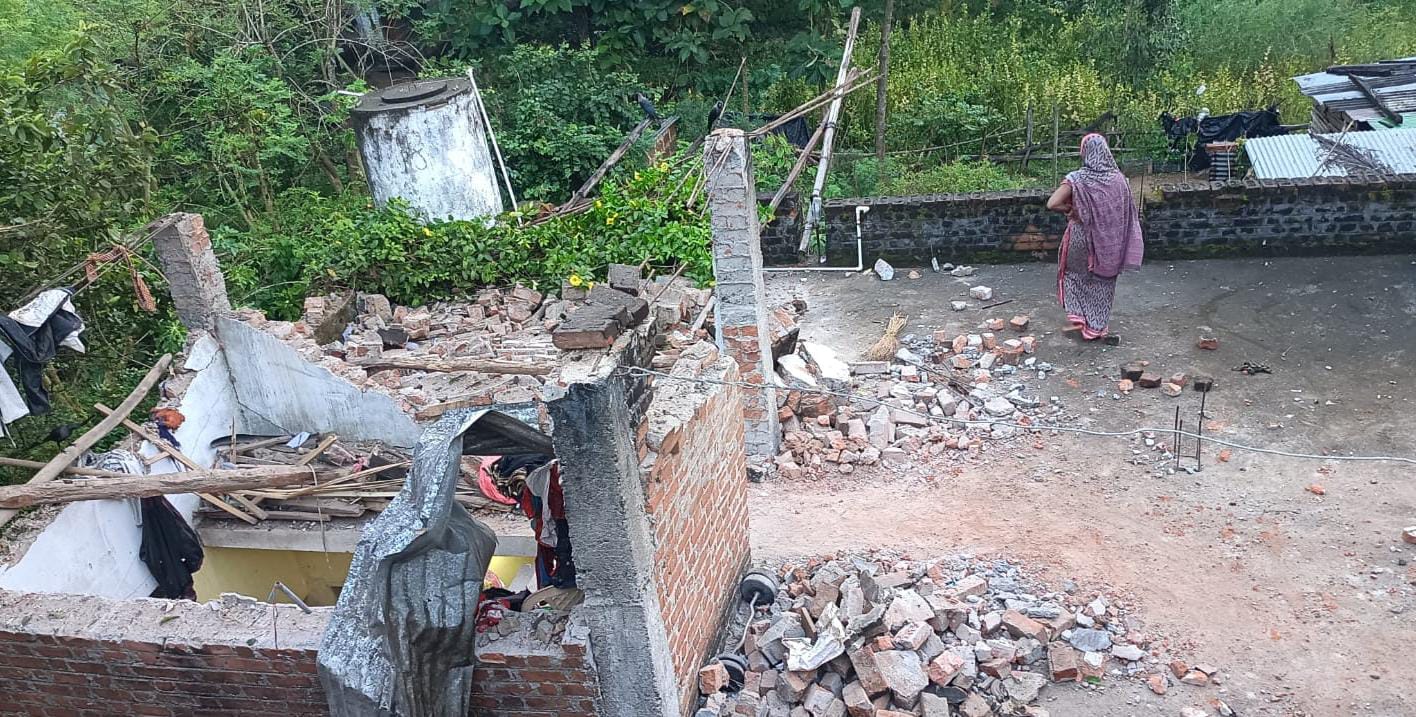
Leave a Reply